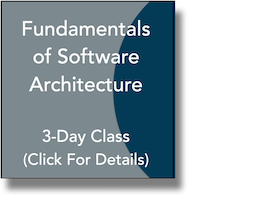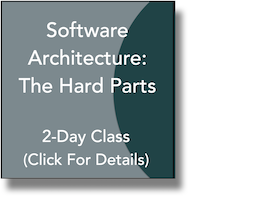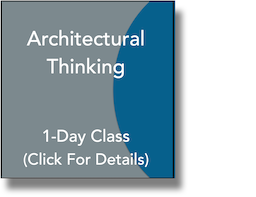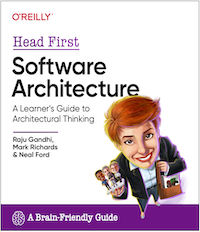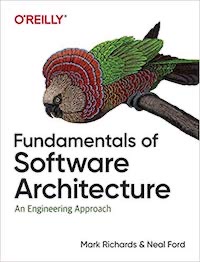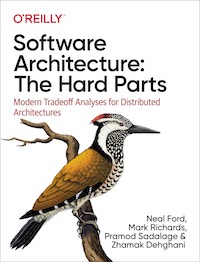The following are classes and conference sessiosn I offer for in-person private corporate training and conference workshops. Please click on any of the course images below to view the detailed course description and agenda.
For more information about the pricing and details of these courses for private corporate training, please contact Mark Richards at info@developertoarchitect.com.
Full Day Classes
